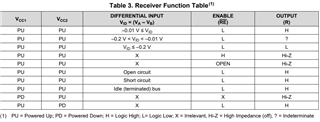Dear, support team.
The R output may be stuck LO after powering up the ISO3080.
For example, are there any restrictions on power sequencing or power ramp ramps?
Even removing L19 from the schematic in the EXCEL file didn't change anything.ISO3080.xlsx
Best Regards,
Hiroaki Yuyama


